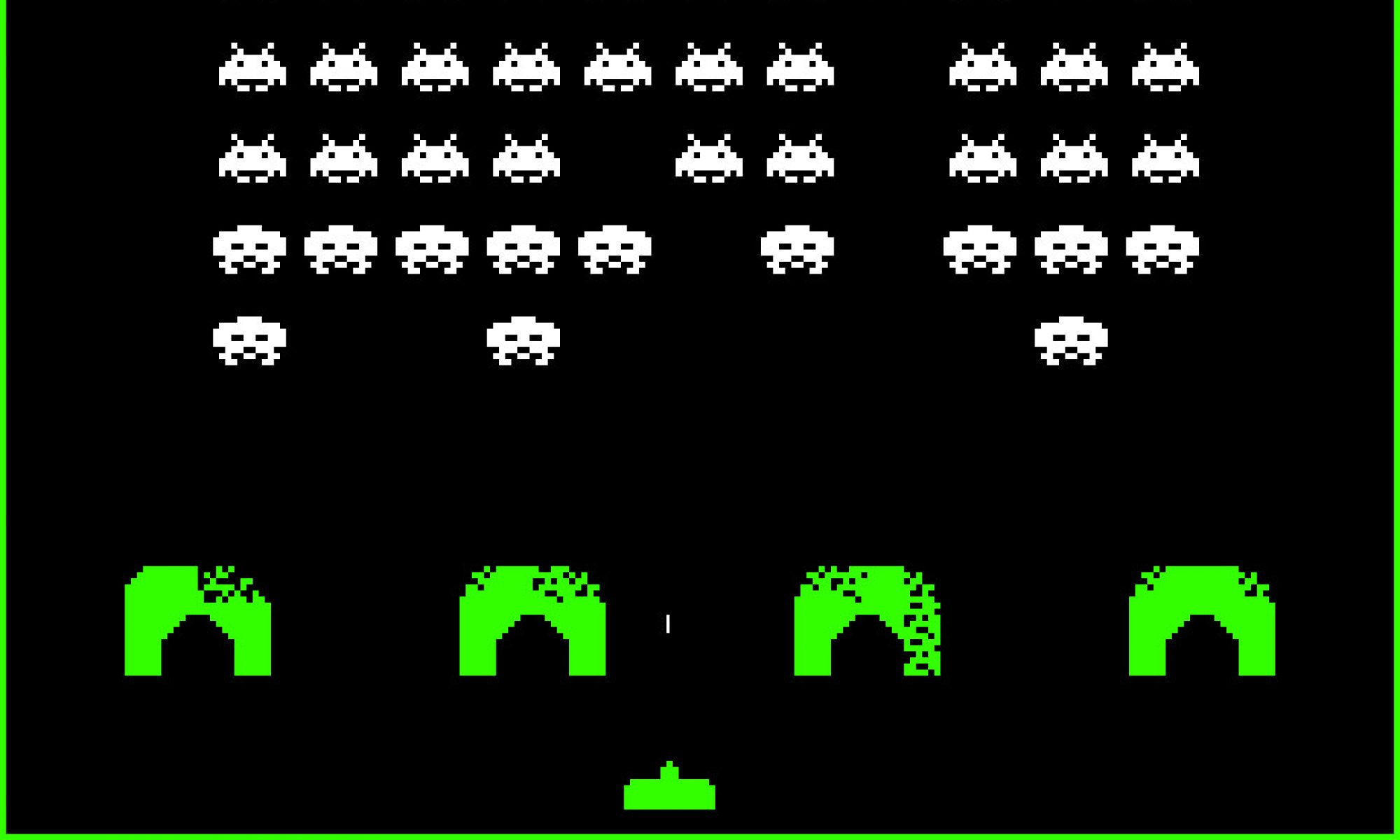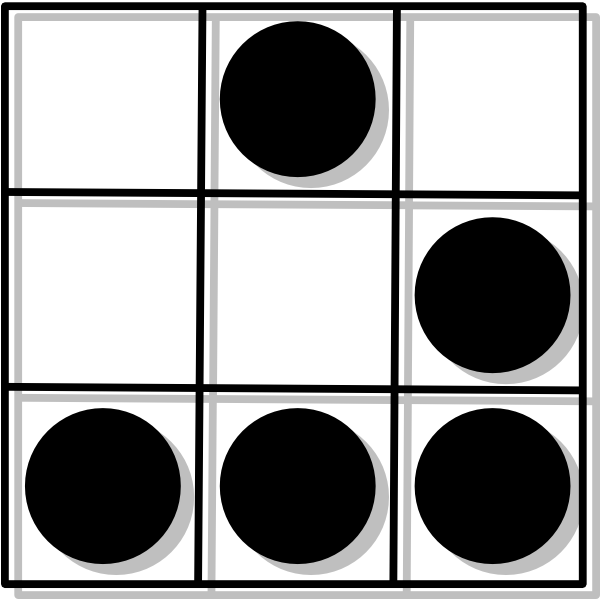When a CRUSH bucket contains five Ceph OSDs with the following weights:
weight
osd.0 5
osd.1 1
osd.2 1
osd.3 1
osd.4 1
20% of the space in osd.0 will never be used by a pool with two replicas.
The osd.0 gets 55% of the values for the first replica (i.e 5 / 9), as expected. But osd.0 can only get 45% for the second replica, because that is all there is left.
The upper bound for the weight of an item within a bucket that contains either devices or items designated to be the failure domain can be calculated as follows:
- N is the number of replicas
- O is the number of overweight items, i.e. items that have a weight greater than (sum of the weights)/N
- the effective weight of all overweight items is equal to (sum of the weights of non-overweight items) / (N – O)
In the example above, the effective weight of osd.0 is therefore ( 1 + 1 + 1 + 1) / ( 2 – 1 ) = 4.
The crush analyze command detects weights that are above the maximum and uses their effective weight to get meaningful results. For instance:
$ crush analyze ...
~id~ ~weight~ ~objects~ ~over/under filled %~
~name~
osd.3 5 1 646 26.17
osd.4 6 1 610 19.14
osd.2 4 1 575 12.30
osd.1 3 1 571 11.52
osd.0 2 5 1694 -37.29
Worst case scenario if a osd fails:
~overfilled %~
~type~
osd 21.14
root 0.00
The following are overweight and should be cropped:
~id~ ~weight~ ~cropped weight~ ~cropped %~
~name~
osd.0 2 5 4.0 20.0
The osd.0 is reported to be 37.29% underfilled but 20% of that amount comes from the fact that the item is overweight. The remaining 17.29% come from the conditional probability bias and random noise due to a low number of objects.

